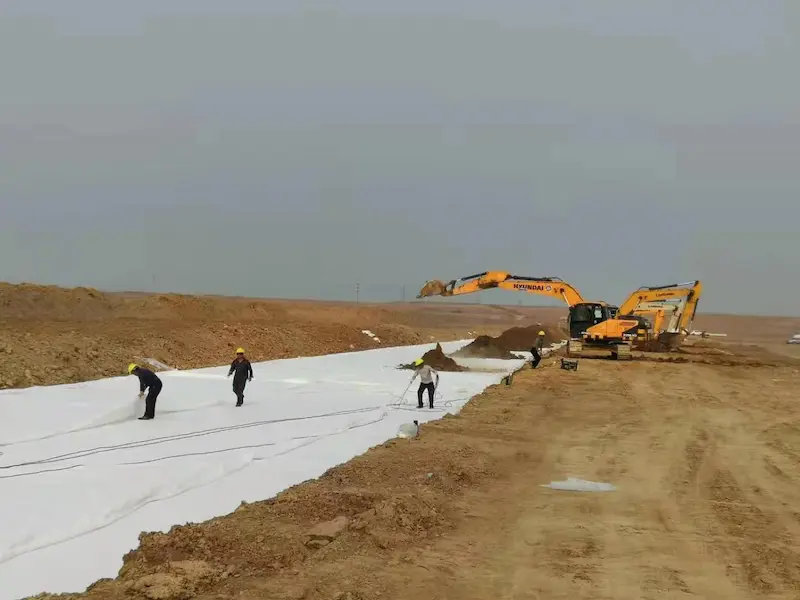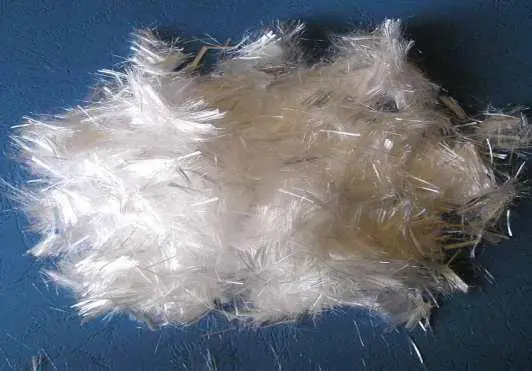Geosynthetic reinforcement has many advantages in land infrastructure, the most significant of which include:
1. Reinforce and stabilize soil: Geosynthetic reinforcement can strengthen the tensile strength and shear strength of the soil and improve the overall stability of the soil. This is a very important advantage for land infrastructure construction of roads, bridges, tunnels and other infrastructure.
(1) Resist soil erosion: The coverage of geotextile can effectively prevent water erosion from the soil and maintain the stability of the soil, especially in the case of slopes and exposed land.
(2) Enhance soil bearing capacity: By anchoring with the soil, Geosynthetic reinforcement can improve the soil's bearing capacity, making it more suitable to bear the load of buildings, roads and other infrastructure.
(3) Prevent soil settlement: Geosynthetic reinforcement can slow down the soil settlement process and ensure the stability and reliability of the land foundation within the life of the project.
(4) Control soil expansion and contraction: Geosynthetic reinforcement can effectively slow down the expansion and contraction of soil, help maintain soil consistency, and reduce land settlement problems caused by humidity changes.
(5) Improve construction efficiency: The use of Geosynthetic reinforcement simplifies the construction process, reduces soil processing time, and enables the project to proceed faster.
Overall, the application of Geosynthetic reinforcement in land infrastructure projects can significantly improve the stability and bearing capacity of the soil, providing strong support for the long-term sustainability and safety of the project.
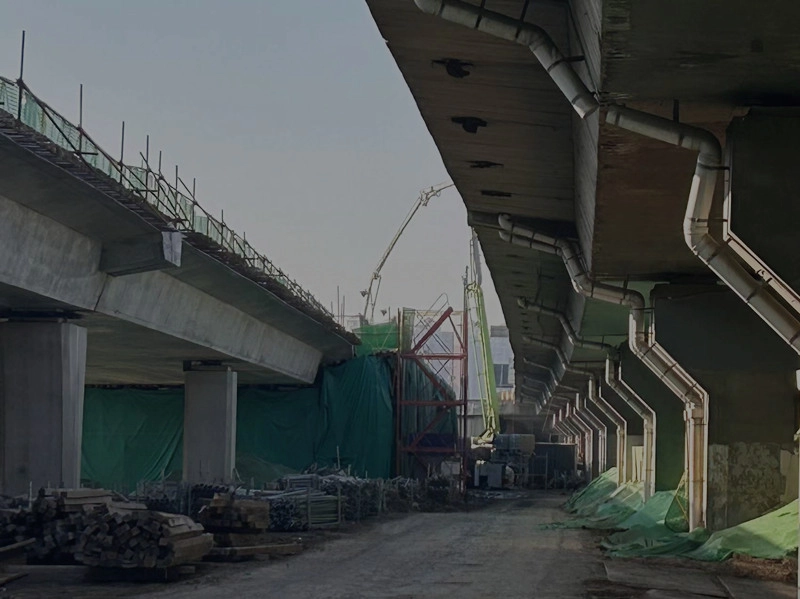
Use of green plastic flat yarn geomembrane in elevated road construction
2. Prevent soil erosion: Geosynthetic reinforcement can effectively prevent soil erosion caused by water flow, wind and other factors, maintain the integrity of the soil, and reduce the erosion and erosion of infrastructure. This is a matchless advantage of geotextiles.
(1) Suppress water erosion: As a covering material, geotextile can effectively inhibit water erosion on soil, especially on slopes, river banks and other areas that are easily washed away by water flow.
(2) Provide a physical barrier: The geotextile covering forms a physical barrier, preventing natural water sources such as rain and river water from direct contact with the exposed soil, and slowing down the loss of soil particles.
(3) Maintain soil structure: The shielding effect of geosynthetic reinforcement helps maintain the structural integrity of the soil and reduce the negative effects of weathering and erosion.
(4) Reduce runoff speed: Geotextile can reduce the speed of water flow, thereby reducing the scouring force of water flow on the soil and effectively protecting the stability of the land foundation.
(5) Prevent exposure of bare land: By laying geosynthetic reinforcement, bare land can be effectively covered to avoid direct damage from natural elements and reduce the risk of soil erosion.
Combining these functions, geosynthetic reinforcement play an important role in preventing soil erosion in land infrastructure projects, providing an effective guarantee for the long-term stability and sustainable development of the land.
3. Anti-penetration and waterproofing: This is the most prominent advantage. As an anti-penetration layer, geotextile can effectively prevent water and chemicals from penetrating into the soil under the infrastructure, and has a remarkable waterproof effect.
(1) Soil anti-penetration: As an anti-penetration material, geotextile is laid on the surface of the soil, which can effectively prevent water from passing through the soil and reduce the permeability of the soil. This is particularly important in projects where water levels need to be controlled or soil moisture balance needs to be maintained.
(2) Prevent water infiltration: In construction projects, geotextile can be used as an effective waterproof layer, laid on the base layer or the bottom of the building, to prevent underground water or surface water from penetrating into the building, and maintain the dryness and structure of the building. Stablize.
(3) Prevent soil erosion: Preventing excessive water penetration helps avoid soil erosion, especially in places such as slopes and river banks that are easily washed away by water flow. The anti-penetration effect of geotextile can effectively protect the soil layer.
(4) Strengthen foundation waterproofing: In foundation projects such as roads and bridges, Geosynthetic reinforcement, as waterproof materials, can enhance the waterproofing effect of the foundation, prevent groundwater from penetrating the foundation, and maintain the stability of the foundation.
(5) Waterproofing of underground structures: The application of Geosynthetic reinforcement in underground structures (such as tunnels, basements, etc.) can effectively prevent the penetration of groundwater and improve the water resistance of the structure.
Generally speaking, Geosynthetic reinforcement play an important role in preventing penetration and waterproofing in land infrastructure projects, providing effective guarantee for the stability and durability of the project.
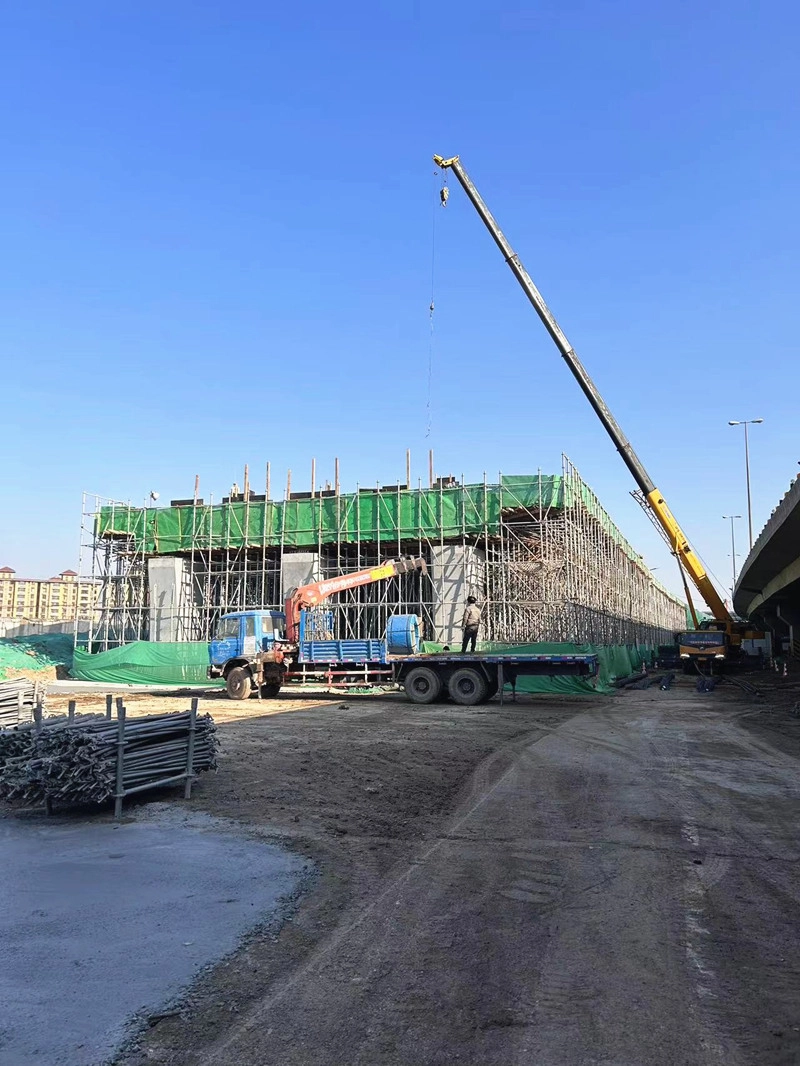
Application of green plastic flat wire geomembrane in the construction of Jinan Second Ring North Road Expressway
4. Improve the load-bearing capacity of the soil: Geosynthetic reinforcement can disperse and bear loads, slow down load transfer, and improve the load-bearing capacity of the soil, thereby enhancing the load-bearing capacity of infrastructure. This is an advantage and feature that cannot be ignored for geotextiles.
(1) Soil reinforcement: As a material with high strength and good durability, geotextile can be used to reinforce loose soil or soil that is prone to subsidence. By using Geosynthetic reinforcement on the soil surface or in deeply buried soil, the overall tensile strength and compression resistance of the soil can be effectively improved.
(2) Improvement in load resistance: The introduction of Geosynthetic reinforcement can effectively increase the load resistance of soil, especially in situations where it is necessary to withstand the load of large structures or heavy equipment. This contributes to the stability of the soil foundation and slows down the subsidence process of the soil.
(3) Reduce subsidence and subsidence: Geosynthetic reinforcement can form a stable structural network in the soil to reduce subsidence and settlement of the soil. This is particularly important for projects where the ground surface needs to be maintained level or where foundation settlement needs to be reduced.
(4) Improve the engineering properties of soil: The use of Geosynthetic reinforcement helps to improve the engineering properties of soil and improve its resistance to deformation and subsidence. This is crucial to ensure the stability and durability of infrastructure projects.
(5) Improve the erosion resistance of the soil: Geosynthetic reinforcement can effectively fix soil particles and improve the erosion resistance of the soil. This plays an important role in situations such as river banks and dams that need to resist water erosion.
Through the above methods, geosynthetic reinforcement can significantly improve the load-bearing capacity of soil in land infrastructure projects, providing important support for the safety and reliability of the project.
5. Engineering construction efficiency: The use of Geosynthetic reinforcement can speed up the construction process, reduce changes to the original soil, and reduce the difficulty and cost of engineering construction. This is an favorite advantage of geotextiles for engineering contractors.
(1) Quick laying and installation: Geotextile is light and flexible, allowing it to be laid and installed quickly at the construction site. Compared with traditional earthworks, the use of geosynthetic reinforcement can significantly shorten the construction period.
(2) Simplifying earthwork handling: geosynthetic reinforcement can effectively control soil erosion and reduce the difficulty of earthwork handling at the construction site. This not only reduces the work burden of construction personnel, but also reduces the transportation and handling costs of earthwork.
(3) Integrated engineering construction: geosynthetic reinforcement are often used in integrated applications with other engineering materials and technologies, such as in combination with geomembranes, drainage systems, etc. This comprehensive application can achieve a synergistic effect during construction and improve the construction efficiency of the overall project.
(4) Reduce human resource requirements: The use of geosynthetic reinforcement can reduce reliance on a large amount of manual labor, especially in large-area projects, reducing the workload of manual laying, fixing and maintenance.
(5) Improve project quality: The use of geosynthetic reinforcement helps reduce soil subsidence and deformation and improve the stability and durability of the project. By ensuring the soil is evenly supported and keeping the surface flat, the quality of the overall project is improved.
Overall, the use of geosynthetic reinforcement in land infrastructure projects helps improve construction efficiency, reduce labor costs, simplify earthwork handling, and improve project quality. This makes geotextile one of the important materials in modern land infrastructure projects.
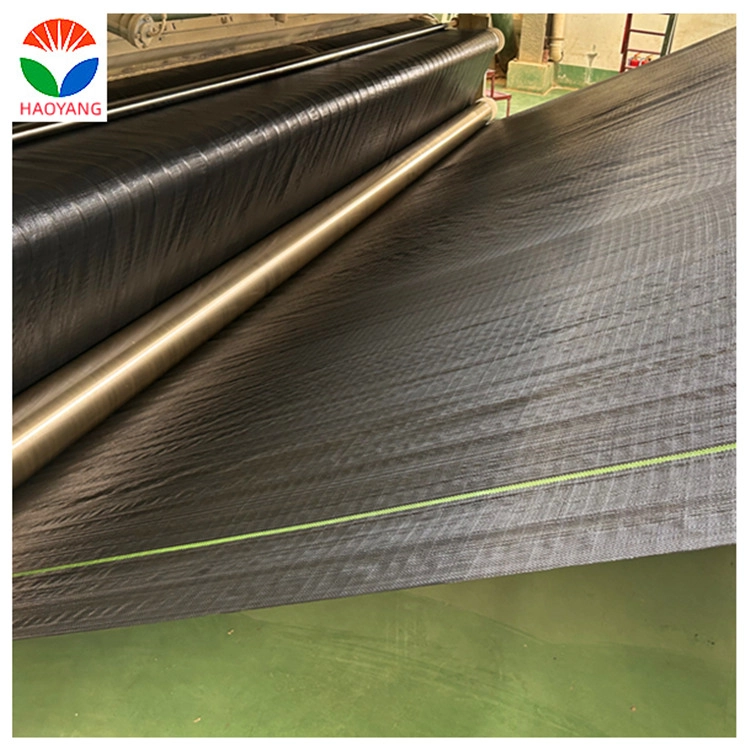
Haoyang plastic flat wire production workshop is in production
6. Extend project life: By preventing soil erosion and improving soil stability, geosynthetic reinforcement help slow down the aging of infrastructure and extend its service life. it is an incomparable advantage of this reinforcement.
(1) Resist soil erosion: Geosynthetic reinforcement can effectively inhibit soil erosion and prevent water from scouring and denuding the soil. This helps maintain the integrity of the soil, slow down the rate of land degradation, and extend the life of the project.
(2) Anti-penetration and waterproofing: As an anti-penetration barrier, geotextile can effectively prevent the penetration of water and prevent excessive moisture and softening of the soil. This helps maintain the strength and stability of the soil and prolongs the service life of the soil and engineering structures.
(3) Increase the load-resisting capacity of the soil: Geotextile can form a reinforcing structure in the soil to improve the load-resisting capacity of the soil. By sharing loads and slowing down foundation settlement, it helps reduce the load on engineering structures and prolongs their service life.
(4) Reduce foundation settlement: Geosynthetic reinforcement form a uniform support layer in the soil to prevent uneven foundation settlement. This helps keep the surface flat, reduces damage caused by structural settlement, and extends the life of the project.
(5) Environmental protection: The use of geosynthetic reinforcement helps reduce soil erosion and water pollution, and improve the quality of the ecological environment. By protecting land and water resources, the long-term stability and life of the project can be indirectly affected.
In summary, geosynthetic reinforcement in land infrastructure projects help to extend the service life of the project by resisting soil erosion, anti-penetration and waterproofing, increasing the load-bearing capacity of the soil, and reducing foundation settlement. This makes geotextiles an important engineering material to improve the durability and reliability of land infrastructure projects.
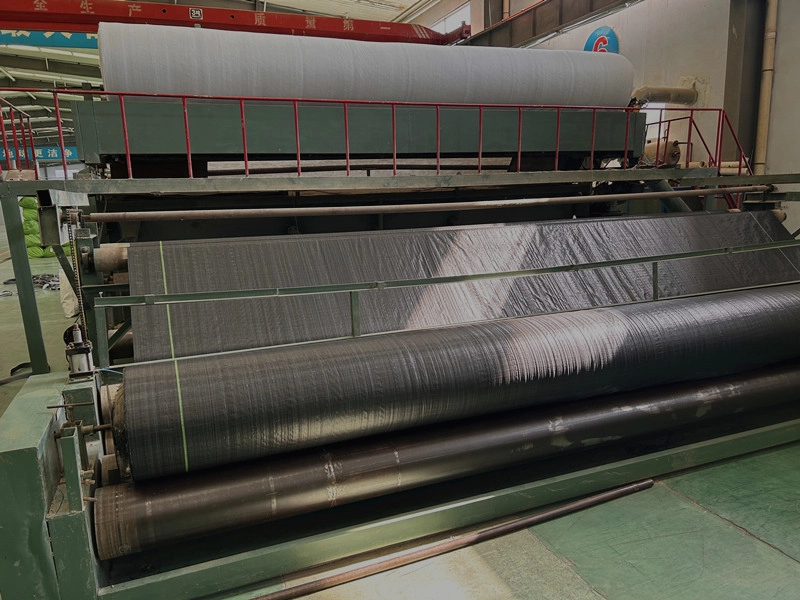
Haoyang plastic flat wire composite geosynthetic reinforcement material production workshop is in production
7. Strong adaptability: Geosynthetic reinforcement are suitable for various geological conditions and environments, have strong adaptability, and can cope with different land infrastructure needs. This is also one of the biggest advantages of geosynthetic reinforcement being widely used.
(1) Adapt to different soil types: Geosynthetic reinforcement are suitable for a variety of soil types, including sand, loam, clay, etc. Due to its different specifications and material selection, it can meet the engineering needs in different soil environments and has strong versatility.
(2) Adapt to different engineering structures: Geosynthetic reinforcement can be used in various engineering structures, such as roads, bridges, dams, ramps, etc. It can be cut and customized according to the specific requirements of the project, adapting to structures of different shapes and sizes, improving the flexibility and diversity of the project.
(3) Adapt to various construction conditions: Geosynthetic reinforcement have the characteristics of strong weather resistance and good UV resistance, and can adapt to various climatic conditions and natural environments. Whether it is the cold northern region or the hot southern region, geotextiles can maintain stable performance.
(4) Adapt to engineering changes: Since geotextile can be customized and adjusted according to actual conditions, it has a strong ability to adapt to engineering changes. During the course of the project, it can be flexibly adjusted as needed to adapt to changes in design and construction.
(5) Adapt to complex geological conditions: Geosynthetic reinforcement can provide additional reinforcement and stability when faced with complex geological conditions, such as weak soil foundations, unstable slopes, etc., and have strong adaptability, helping to solve the problems caused by geological conditions. engineering problems.
To sum up, the adaptability of geosynthetic reinforcement in land infrastructure projects enables them to flexibly respond to different soils, engineering structures, construction conditions, engineering changes and complex geological conditions, thereby improving the adaptability and operability of the project.
Overall, the biggest advantage of geosynthetic reinforcement in land infrastructure is its versatility, which can meet the needs of different projects and improve project quality and sustainability.
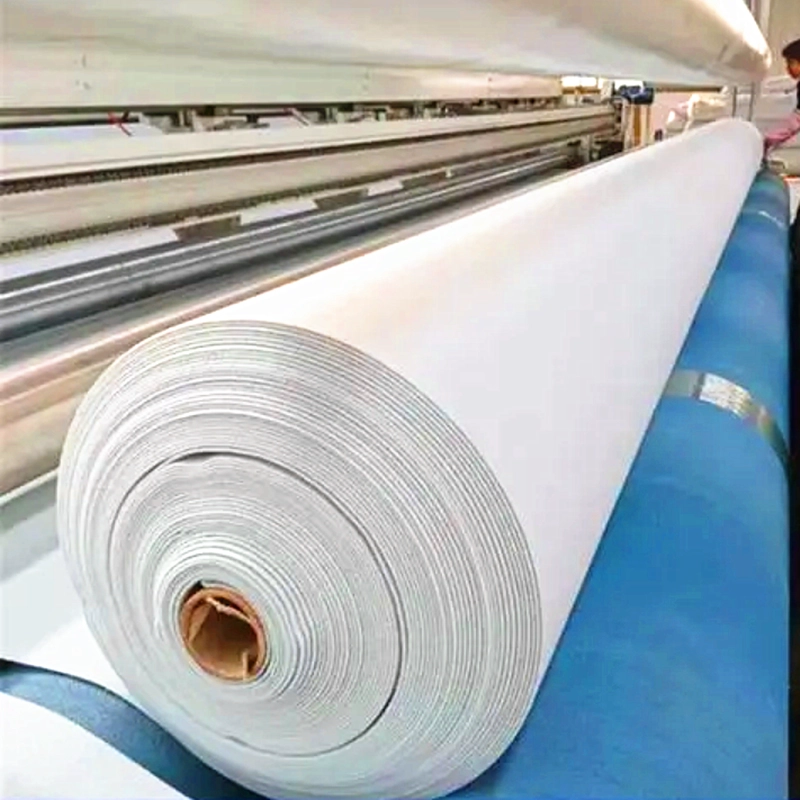
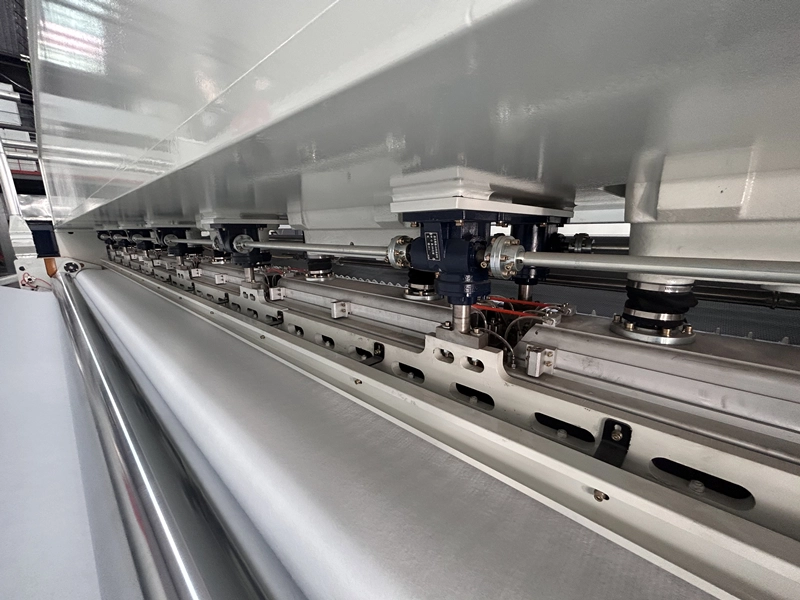
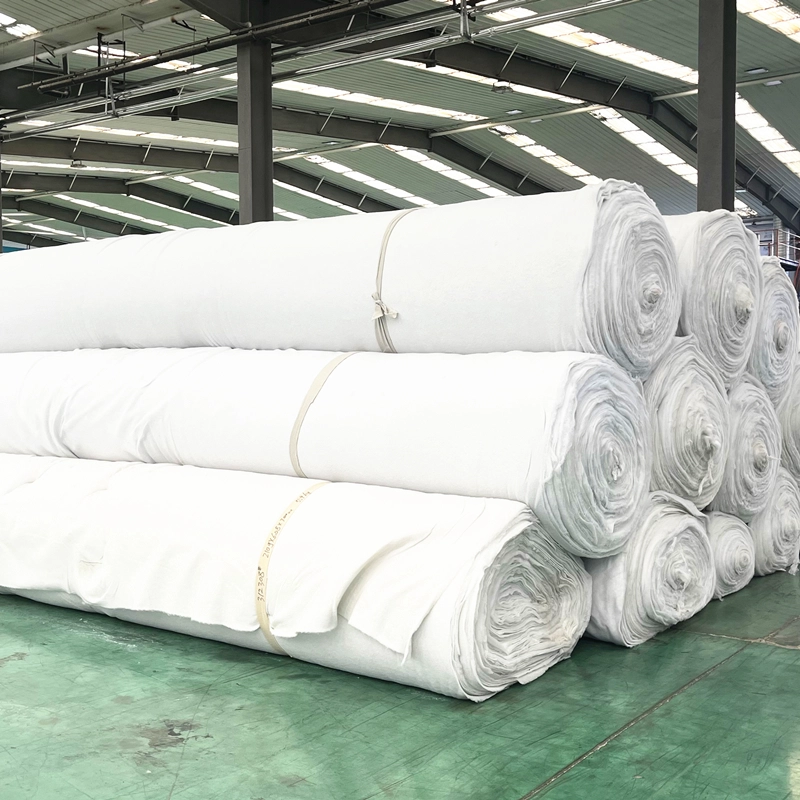
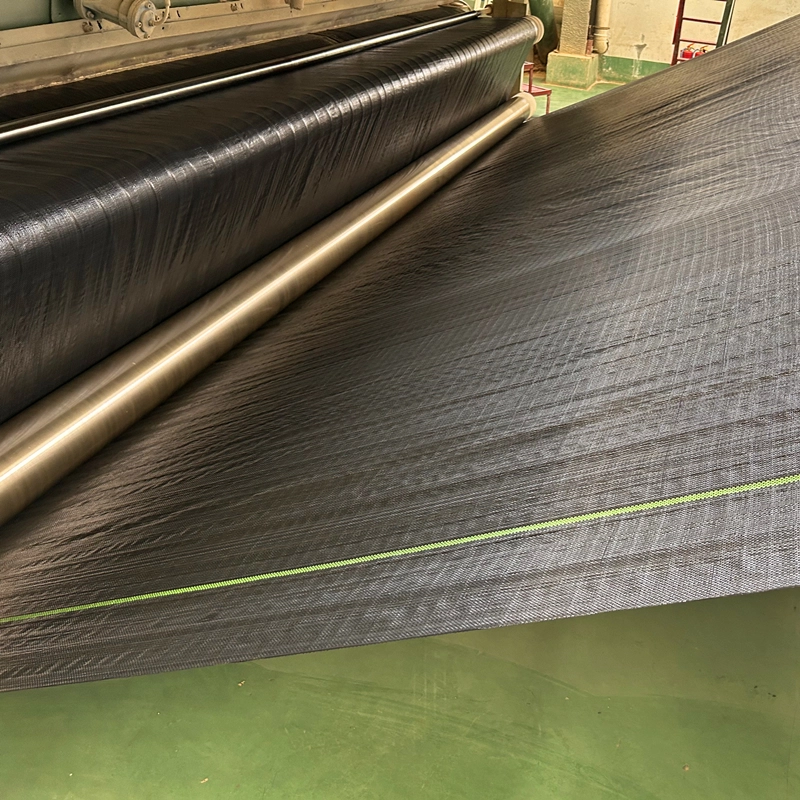

133.webp)
628.webp)
